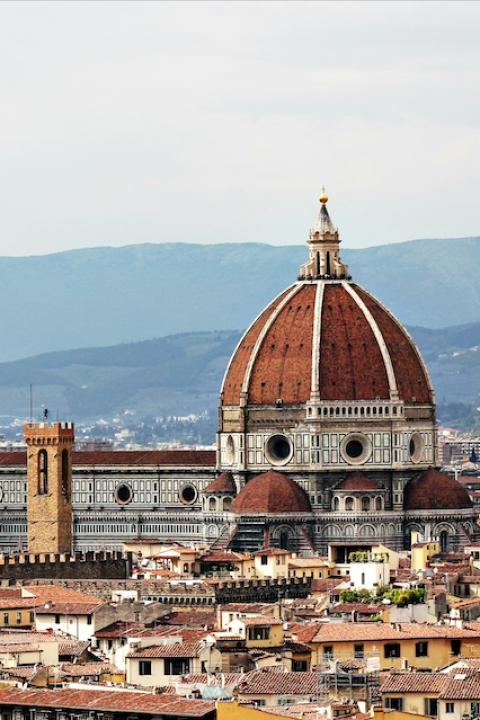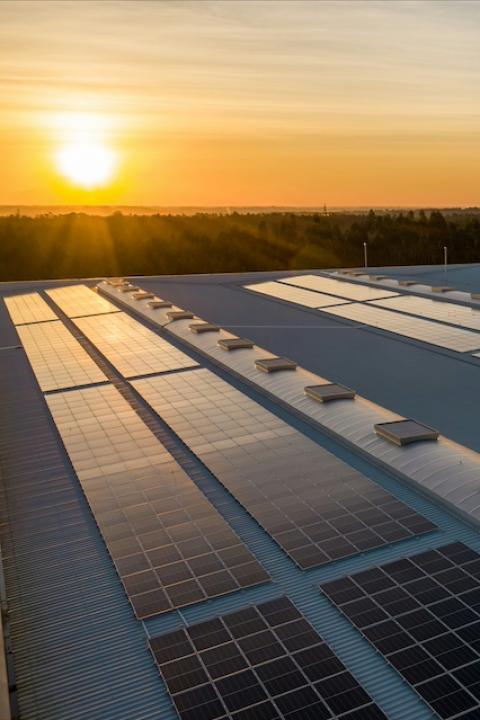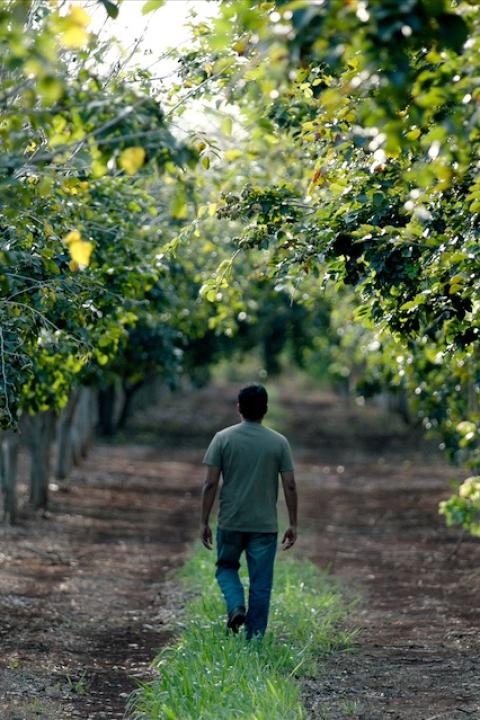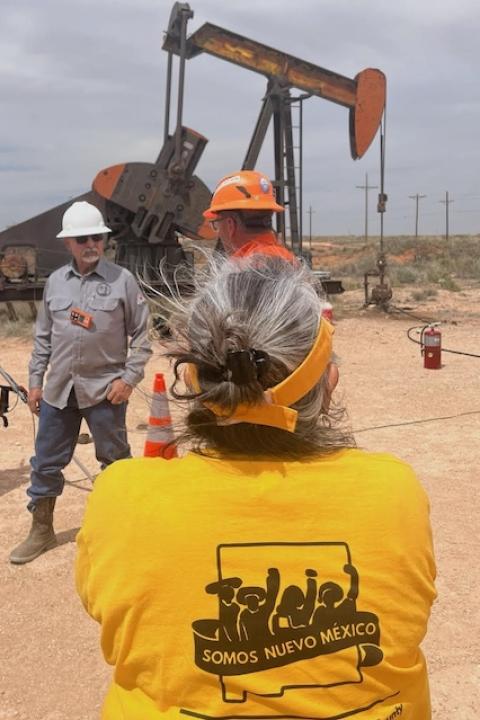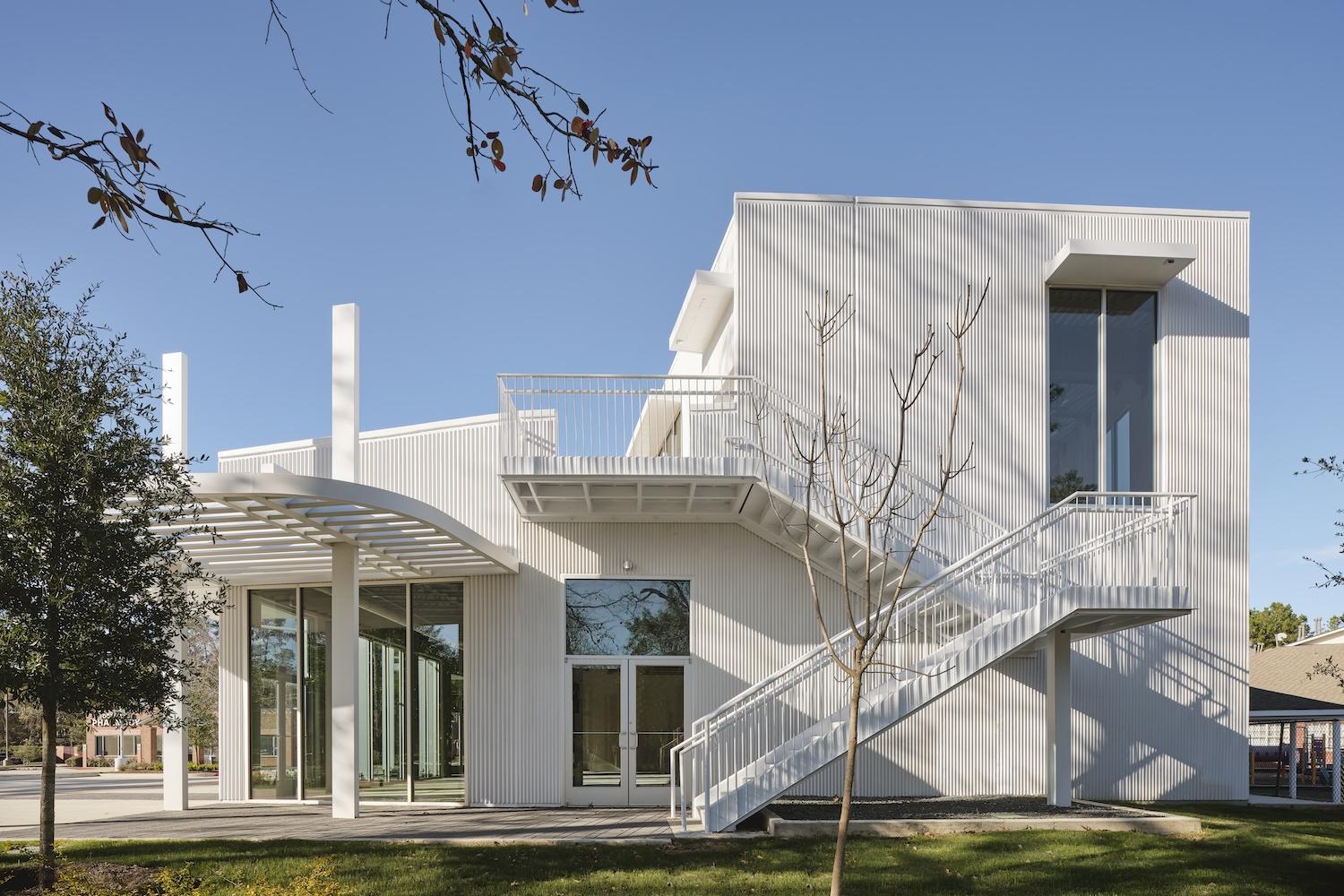
This 15,000-square-foot, mixed-use retail and office center in Houston was designed to work with, not against, nature and combat extreme heat. (Image: Leonid Furmansky/Modu)
Relief from the summer heat has been slow to reach Houston, as the city experienced temperatures over 100 degrees Fahrenheit well into September. Local meteorologists say last month was Houston’s hottest September in recorded history. The city logged 45 triple-digit days this year, one day short of the all-time record in 2011.
Promenade, among the latest projects from the New York-based design firm Modu, offers respite from the Houston heat through a collection of environmentally-adaptive design strategies.
Modu sees design as an ecological practice. Its projects span vastly different climates, from the Cloud Seeding pavilion near Tel Aviv, to Habits and Habitats, a nature observatory in Jackson Hole, Wyoming. Led by founding directors Phu Hoang and Rachely Rotem, the firm takes a rigorous and intuitive approach to working with — instead of separating from — the ecology of each location.
Promenade in Houston is a 15,000-square-foot, mixed-use retail and office center that adapts creatively to persistent heat. Modu designed the space with a two-pronged goal: to reduce the building’s energy needs and thereby its carbon footprint, and also to reimagine architecture in harmony with nature.
In this case, Houston’s humid subtropical environment challenges architects to design with maximum cooling and dehumidification in mind. Inside, Promenade’s concrete “self-cooling walls” are both visually interesting and effective at keeping interiors cool. A corrugated, accordion-like pattern on the exterior increases the walls’ surface area, allowing them to shed more heat in interaction with even a slight breeze. The result reduces surface temperature by up to 20 degrees Fahrenheit, according to Modu.
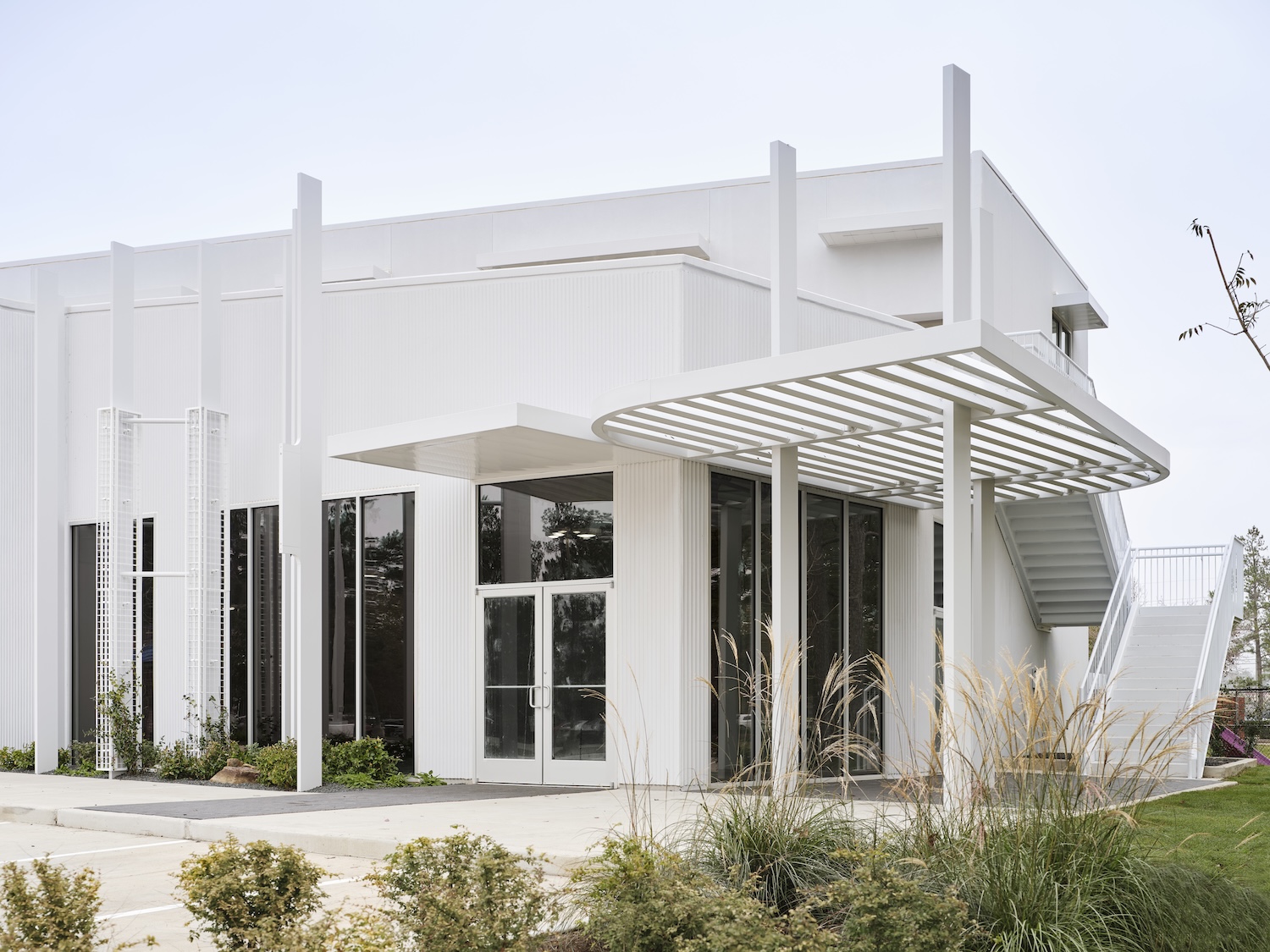
Canopies and pergolas arch over many of Promenade’s windows, providing shade and reducing heat gain from the sun. Tall vertical “fins” offer shade around entrances and rise from gardens of various flora — from bamboo to jasmine to tall grasses — whose transpiration further decreases air temperature and humidity.
This interplay of strategies is key to Modu’s “idea of architecture and design as a cultural practice: not to isolate any one element or design strategy, but to get them to all work together,” Hoang told TriplePundit.
The built environment is responsible for about 40 percent of global carbon emissions, with building operations making up about 39 percent of total U.S. energy consumption. As climate change-induced weather patterns continue to evolve in places like Houston, environmentally-adaptive solutions provide alternatives to energy-intensive responses.
“Our dependency on [air conditioning] makes how we build have extreme separation [between indoor and outdoor]," Rotem told us. "This is not how we used to build, as humanity. How do we get back to using that knowledge?” Treating Promenade’s thresholds as “micro-climates,” like the mini-gardens at each entrance, softens the boundary between indoor and outdoor to create a cooling gradient.
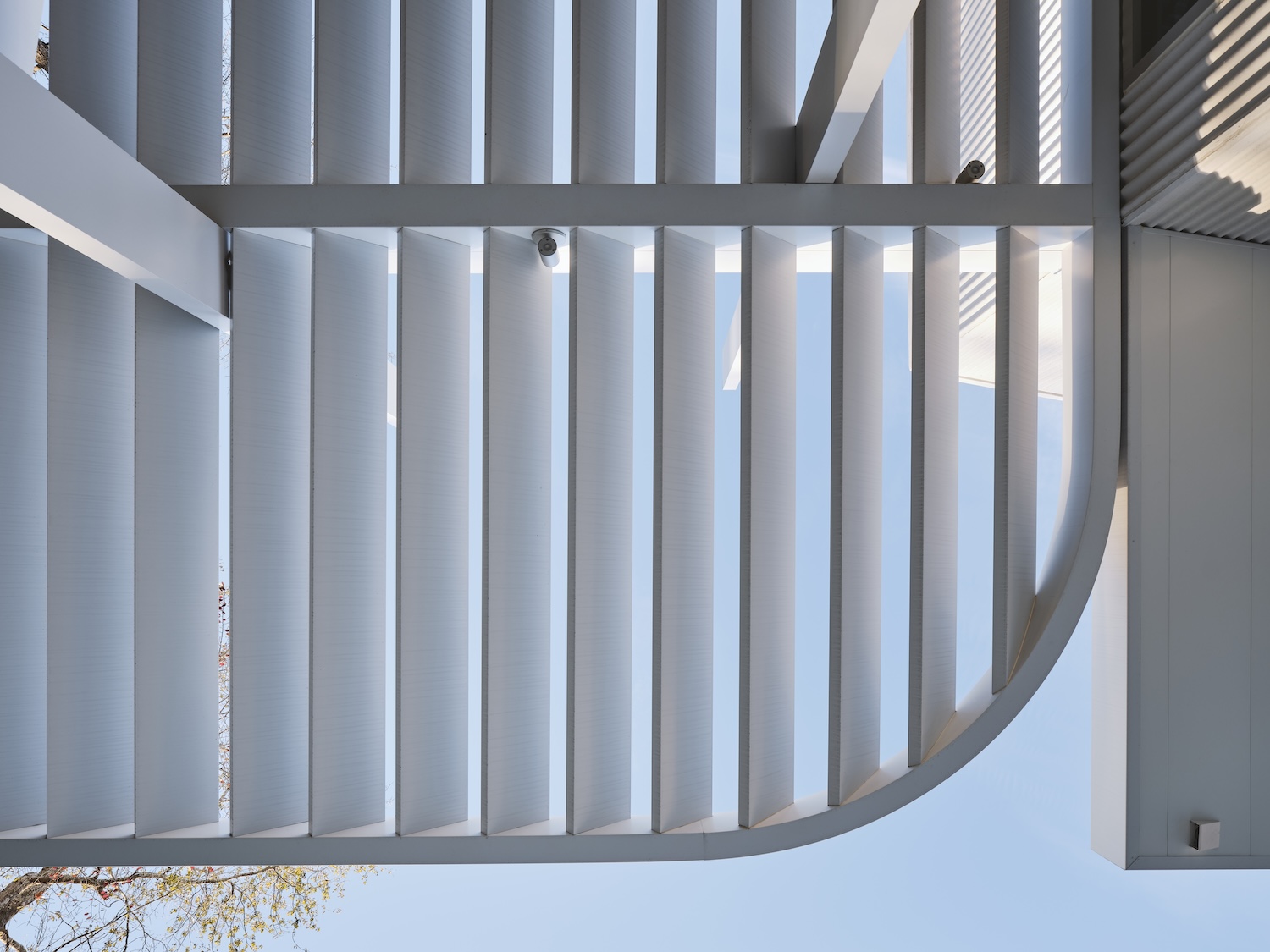
In order to understand the land and air that it designs for, Modu conducts rigorous research and runs an experimental think tank. Promenade’s corrugated walls grew out of testing models and consulting with the climate engineering firm TransSolar. To consider Habits and Habitats’ effects on wildlife species in Wyoming's Greater Yellowstone area, Hoang and Rotem met with animal sociologist Lisa Jean Moore.
Inviting more perspectives into the design process considers “the impact of what we do or how we want to design on all the stakeholders: who are humans, of course, but also can be animals and plants and seeds," Rotem said. "Every project has its own narrative based on the local conditions."
Modu designers say their projects do not seek to impose on the environments they exist among, but rather to join them and let themselves be shaped by environmental factors. The structures’ intuitive beauty and functionality, ultimately, feel like a collaboration with nature itself.

Michelle is a freelance writer with experience in international nonprofit work, arts and culture writing, and creative copywriting. She is particularly devoted to stories that highlight cultural expansion and our interdependence.







